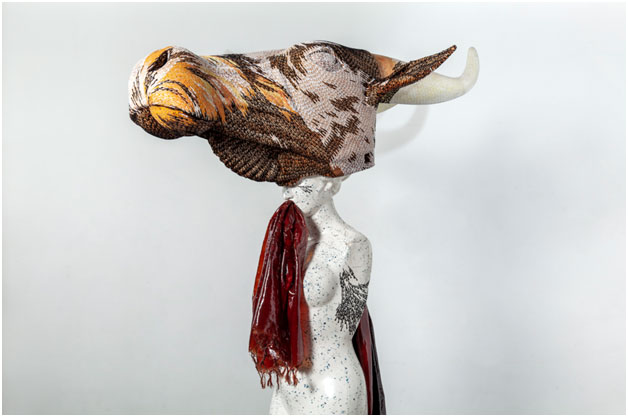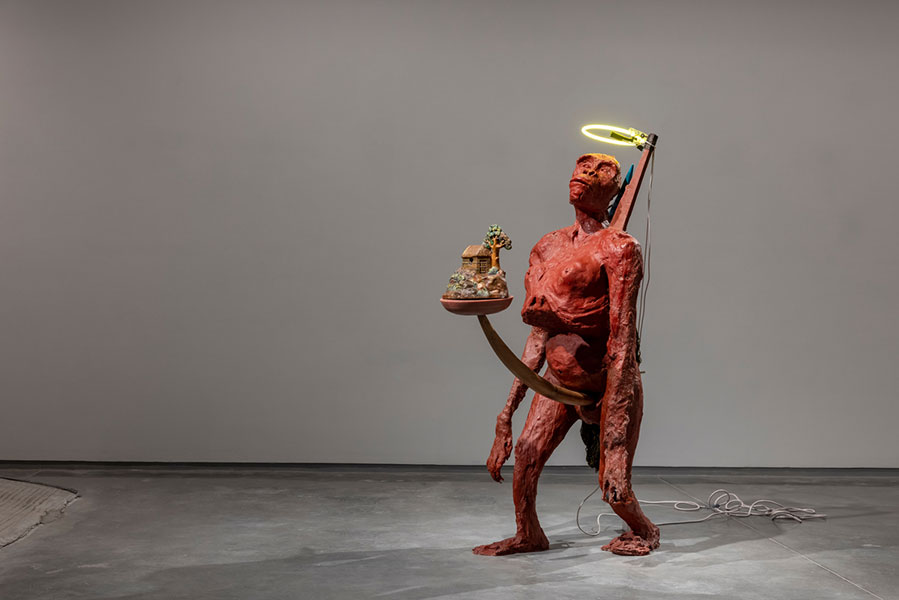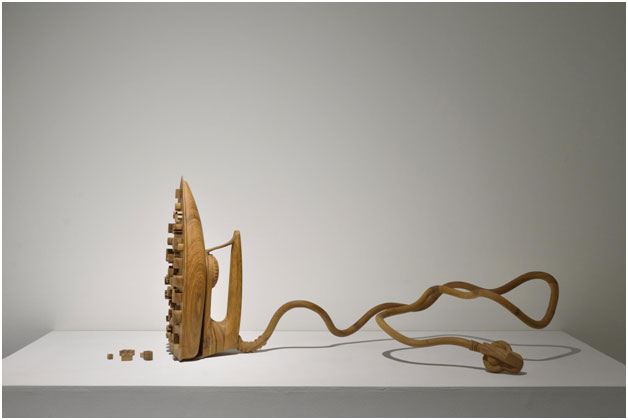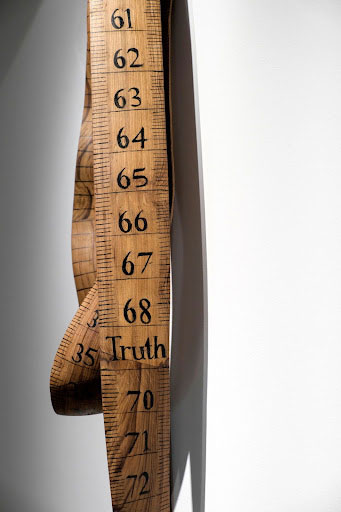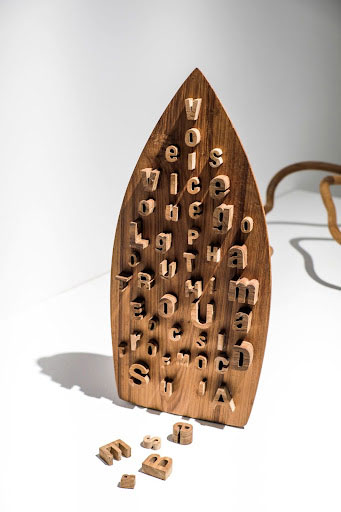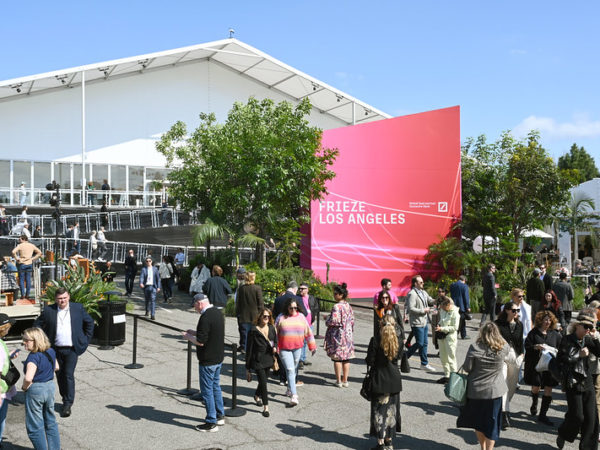ART ROUND THE BLOCK PART I
The year-end sees folks in the capital renewing the vigor of physically visiting exhibitions. MASH presents a series of New Delhi-based exhibitions that are encouraging viewers to visit
Bharti Kher: Strange Attractors
Nature Morte Dhan Mill Compound
5th December 2021 – 9th January 2022
Artist Bharti Kher, usually ruminates over materials, found objects, and works-in-progress in her studio for many years, allowing their final avatars to coalesce at their own pace. Her solo that brings the year 2021 to an end, is a selection of recent artworks from 2017- 2021.
The title Strange Attractors refers to a mathematical concept elaborated within ‘Chaos Theory’, that all matter is unique and non-arbitrary. Never closing in on themselves, strange attractors remain constantly in motion. “The way we move through the world isn’t random or unnoticed, I want to believe that it is connected to all things and everything. The body is a transmitter and a receiver and all things are seen,” says Kher citing the chain of nature that is all knowning of its elements and processes, where the wind sees the trees and the tree sees the cicada who sees the sun that sees you sleeping. The artist aligns her own creativity to this idea and approaches the making of sculpture as dynamic encounters. For Kher, the object is a composite of opposites and contradictions, sitting both somewhere and nowhere simultaneously, a configuration of material and object creating its own universe and dialogue. The artist calls this a “push and pull of material and meaning,” the fluctuations between time and space akin to the flow of breath in and out of the body. From the Pieta to the cow-headed, yet beautifully bodied woman, Kher’s protagonists are female and they carry with them the metaphors of the South Asian femininity, replete with both its strength and its vulnerability.
Bind/Bound
Threshold Art Gallery
On till 15th December 2021
Bind/Bound comes from a personal journey of life as a great teacher. The group show features seven artists Achia Anzi, Gargi Raina, Hannah Zalis-Anzi, Rubaba Haider, Ruby Chishti, Sumakshi Singh and Shanthi Swaroopini as it examines the comforts and challenges of life.
“We exist in a fine web of relationships, between family, friends, community and between nations. Such ecosystems support us, keep us aloft, providing an anchor and steadying line during the upheaval,” writes curator Tunty Chauhan. She goes on to point out that the very thing that keeps us secure can often act as strictures and can be binding and suffocating, constraining our growth against our will, enforcing duties, obligations, and behavior to conform. “The tenets of these relationships are shaped by tradition, culture, religion, politics and the times we live in,” she adds. The artists talk of their personal journeys through their works.
While Anzi employs the visual and audial signs of morse code to comment on language, love and communication, Raina’s evocation of shafa (healing) encodes an old velvet and woolen garment with hidden shrapnel and barbed wire, as she does with a mirror beneath sheets of archival handmade paper, made visible through geometric patterned cuts rendered on the paper. A healing wound thus is evoked.
Singh conjures the metaphor of her grandfather’s home to speak of family ties, continuity and a sense of comfort derived from the address of the now-abandoned house. She refers to the home gate thread-based drawings creating an illusory experience as though the architectural facades float in space.
The female figures by Ruby Chishti outline images that articulate her own personal experiences. The fragile nature of the materials used unfold exciting possibilities that include women’s histories of doll making and fabric work. Shanthi Swaroopini’s is a unique voice that resonates with the essence of humanity’s experience. For women artists working in isolation, the reality is often an investigation into an examination of social realities and cultural myths.
Within Confines
Shivani Aggarwal
At Studio Art, Okhla Phase – II
On till 15th January 2021
Shivani Aggarwal has always had an interesting relationship with mundane, household objects. For instance press-irons, water and milk bottles, and measuring tapes…where they often become a metaphor for larger issues that may be evoked from the gendered spaces they silently occupy. During the Pandemic, visits to her nearby studio were often spent contemplating the human condition through a sense of absence, a feeling evoked by the empty streets and the slowed pace of life. The artist would often find herself zeroing in on this sense of empty space with a variety of thoughts and ideas.
“For many, emptiness or voids have been considered as negative, a mental struggle presenting us with a space where something is missing. Yet emptiness gives us the clarity to think and breathe, generate and germinate new hopes and dreams. A clear space,” observes the writer Uthra Rajgopal.
In this exhibition, the artist proposes a new way of looking at emptiness: an everlasting space with infinite possibilities. Meticulously created during the pandemic, these artworks range from bold outlines on paper – defunct ordinary objects that measure and do nothing – to ‘malleable’ heavy wooden sculptures to the delicate copper-wire yarns, each stitch hand-crocheted by the artist. The latter being a sprawling, organic structure, twisting-turning, floating and dissecting space and time. Here, it has been arranged in such a way to allow the viewer to be immersed within the mesh-like cover, acting like a fragile, almost intimate shield between our inner and outer worlds. Stand still. Then move slowly. Consider your own world of growth.
The exhibition takes into those spaces to contemplate relationships and perhaps reconsider negotiations with the everyday.
Chauraha (crossroads)
Artist Intervention
Walk Through, Humayunpur Village, New Delhi
An ongoing series of walks and performance-based works that intend to comment on the city of New Delhi. Glimpses from Chauraha [crossroads]- a series of site-sensitive interventions by a group of artists across Humayunpur village in New Delhi. This particular series involved the artists Abhay Bhalla, Deepanshu Joshi, Muskaan Singh, Murari Jha and Sonam Chaturvedi. The collaboration manifested in the form of walkthroughs each day led by the group deep into the warrens of this demographically diverse, sub-culturally rich mohalla where some of the participating artists live and work from. The walkthroughs made the audience encounter/chance-upon/experience the ‘interventions’ made by each artist as part of their collaboration to treat the area as ‘sites of intervention’.
The group stopped over at multiple cafés to experience Sonam’s works, where they sampled local cuisines like rice beer from Assam, puvvulu—which is a waffle- snack from Kerala and chhurpi, a long-going chewing gum also known as Himalayan cheese made from yak-milk, and some sunflower seeds. The artist shared their histories, anecdotes, and articles of news that she came across during her research. She had also curated a collaborative playlist for each venue that sought to ‘disrupt the flow of time.’ The walk was recently conducted this November 2021.
“The work is manifested as temporal listening zones-in-progress called slower-than-slow that grew slowly and inhabited four cafés in the area. All the cafés play custom sound pieces/playlists along with an eatable to trigger a temporal experience ranging from slow • very-slow • slower-than-slow • not-so-slow and the time spent in-between. These are trials-in-listening to understand how sound alters the temporality of a space, and here, a café being the site of alteration, I’m also looking at certain kinds of food with their own temporal experience of unwrapping and eating. Each eatable has a specific history, culture, story and interesting facts around them that I’m researching and developing into four channels on Are.na (https://www.are.na/sonam-c/slower-than-slow).” says Sonam Chaturvedi.
Along their walk, they noticed posters that announced- ‘A lake just has just appeared’, ‘A lake was destroyed’, and ‘ Tomorrow, the lake will do that to you.’ These posters were a series of interventions by artist Deepanshu Joshi.
“My work in Chauraha was about hierarchy and how it works in every community which we directly or indirectly encounter everyday. The objects that I had placed, would often appear and disappear as people navigated through the space,” says Muskaan Singh.
Murari Jha held the audience with a durational performance that explored the limits of mourning. Reportedly the best part of the experience was a range of ‘micro-performances’ that were unfolding around the group gathered there as the artist grew weary from wearing a 20-something-kg m-seal sculpture over his head.
“My performance in Chauraha was an extension of ‘Ek Minute ka maun’ which we mostly observe for mourning. In my performance, the object that I held on my head weighed around 29 kg, wherein I was trying to extend the duration of holding on to the weight as much as possible. I will continue this performance at different Chauraha. Stay tuned for updates.” says Murari Jha.
In totality, the experience was very dynamic and moving. Keep an eye out for the next session of walkthroughs.
Text By Georgina Maddox and Rageshree Ranade
Image courtesy: Nature Morte, Threshold Art, Studio Art, Murari Jha
Find more about the Artists, Gallery, Exhibitions:
https://naturemorte.com/exhibitions/
https://www.gallerythreshold.com/
https://www.instagram.com/murarijha_practice/
https://www.instagram.com/u_k__wn/


